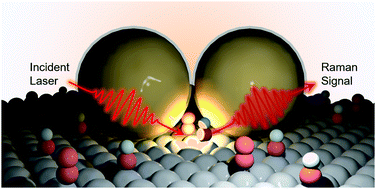Shell isolated nanoparticle enhanced Raman spectroscopy for renewable energy electrocatalysis
Abstract
As electrocatalytic technologies are increasingly found in the forefront of renewable energy and sustainability efforts, innovative methods are key towards extracting mechanistic information en route to understanding and consequently maximizing catalyst performance. Here, operando spectroscopy, that which is performed simultaneously as a catalyst is operating, can elucidate reaction pathways, catalyst dynamics and more. However, widely adopted methods such as surface-enhanced Raman spectroscopy (SERS) are not compatible with the full array of relevant catalysts. To this end, shell-isolated nanoparticle enhanced Raman spectroscopy (SHINERS) is emerging as an enabling technique which allows for highly sensitive Raman spectroscopy to be carried out on non-plasmonic substrates. Judicious design of the plasmonic core, isolating shell and reaction parameters has aided the community in the investigation of important systems such as Pt-catalysed oxygen reduction to understand the interplay of surface-active sites, reaction environment, reaction pathway, and ultimately, performance. The use of SHINERS to extract such structure–activity relationships is the focus of this review. We briefly go over the history of SERS and the advances leading up to SHINERS, provide a critical review of the several state-of-the-art SHINERS studies, and then conclude with a perspective on growing areas in which SHINERS stands to play an important role.

- This article is part of the themed collections: NJC Emerging Investigators and 2020 Focus and Perspective articles


 Please wait while we load your content...
Please wait while we load your content...